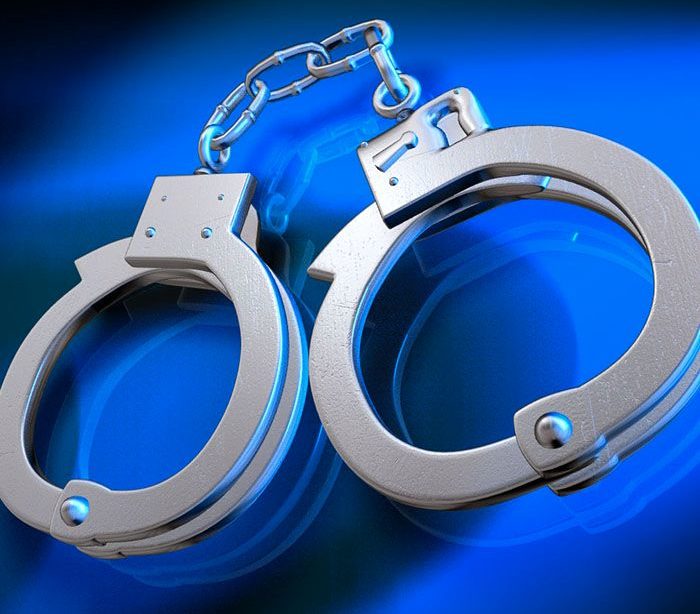
By Pam Wright
Local Journalism Initiative Reporter
Dirt flew at the official launch of the Chatham to Lakeshore Hydro One transmission line recently, carrying the promise that adequate power will flow to the region for generations to come.
The event brought together energy industry leaders, including Ontario Energy Minister Todd Smith, and agricultural and community partners, such as Bkejwanong Territory Chief Dan Miskokomon, Ontario Greenhouse Vegetable Growers executive director Richard Lee, and Chatham-Kent Mayor Darrin Canniff to kick off construction of the $268-million investment.
Smith said the 49-kilometre line, which will add around 400 megawatts of clean energy to the system, is critical to the region’s growth.
“We’re getting shovels in the ground to build the new Chatham to Lakeshore Transmission Line to support the incredible growth across the agri-food and battery manufacturers in Windsor-Essex,” Smith said, noting it will strengthen Ontario’s clean energy grid.
He said the province “recognizes that meaningful consultation and partnerships are indeed a vital part of the planning process,” adding that strengthening the supply of low-carbon energy will attract “game-changing” investment.
Hydro One CEO and president David Lebeter said the line is “paving the way” for Ontario’s clean energy future.
Lebeter said the utility is focused on creating a new electricity network, that will bring a cascade of benefits, including creating equity investment opportunities for local First Nations that will generate revenue for future generations.
Lebeter said co-operation is key.
“Nothing happens in today’s world without partnerships,” he said, stressing the updated infrastructure is needed, as the region’s energy demand is expected to quadruple in just 12 years’ time.
Lebeter said the line will be a conduit for clean energy, noting 90 per cent of the power comes from stable, decarbonized sources – a critical factor future investors will consider.
Construction of the line will be completed by Voltage Power Ltd., a subsidiary of Aecon Group Inc. In keeping with Hydro One policy, Voltage will source at least five percent of all purchases of materials and services from Indigenous businesses by 2026. The line, which will carry enough electricity to power the city of Windsor, is expected to be completed by December 2025.
Lebeter said Hydro One is “thrilled” to partner 50-50 with Indigenous people on all new transmission projects worth over $100 million, with 50-50 equity in the transmission line component.
“It’s taking the word ‘reconciliation’ and putting it in action,” Lebeter said. “We’re walking the talk.”
In his remarks, the Walpole Island First Nation Chief also focused on collaboration.
“Let’s all work together to appreciate the land, appreciate Mother Earth,” Miskokomon said, while acknowledging the land’s “true owners” and stakeholders.
“The biggest thing is, we’d like to be a player in business,” Miskokomon told the gathering. “I think that’s the trend in the future…reconciliation…let’s work together and create opportunities for our members, as well as opportunities for everybody.”
Ontario Greenhouse Vegetable Growers’ Lee also stressed the importance of bringing more energy to fuel the greenhouse sector.
Currently, Lee said, there are some 135 farmers located along the route of the new line, operating 2,800 acres of greenhouses.
“That’s about 80 per cent of our production base,” Lee explained, noting greenhouse growers annually produce 503 million kilograms of fresh produce.
He said that with investment in infrastructure like the new line, growth in the industry is expected to increase by five per cent each year.
The Chatham-Lakeshore line is one of three major Hydro One infrastructure projects currently in progress in the region, including the St. Clair Transmission Line and the Longwoods to Lakeshore Transmission Line.






